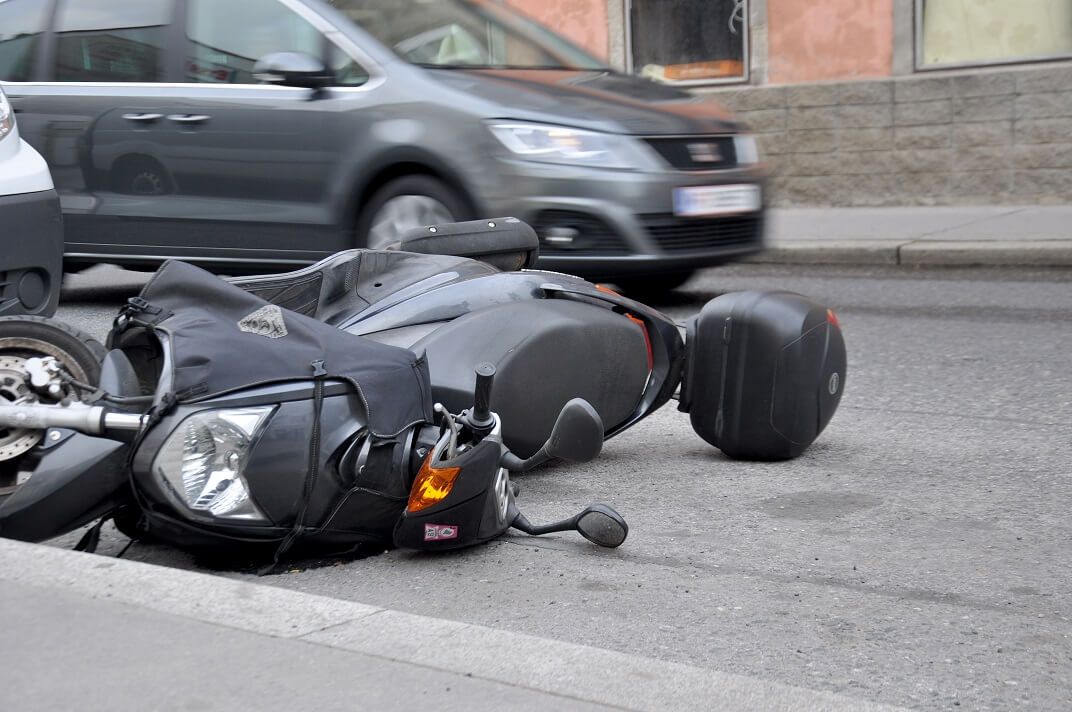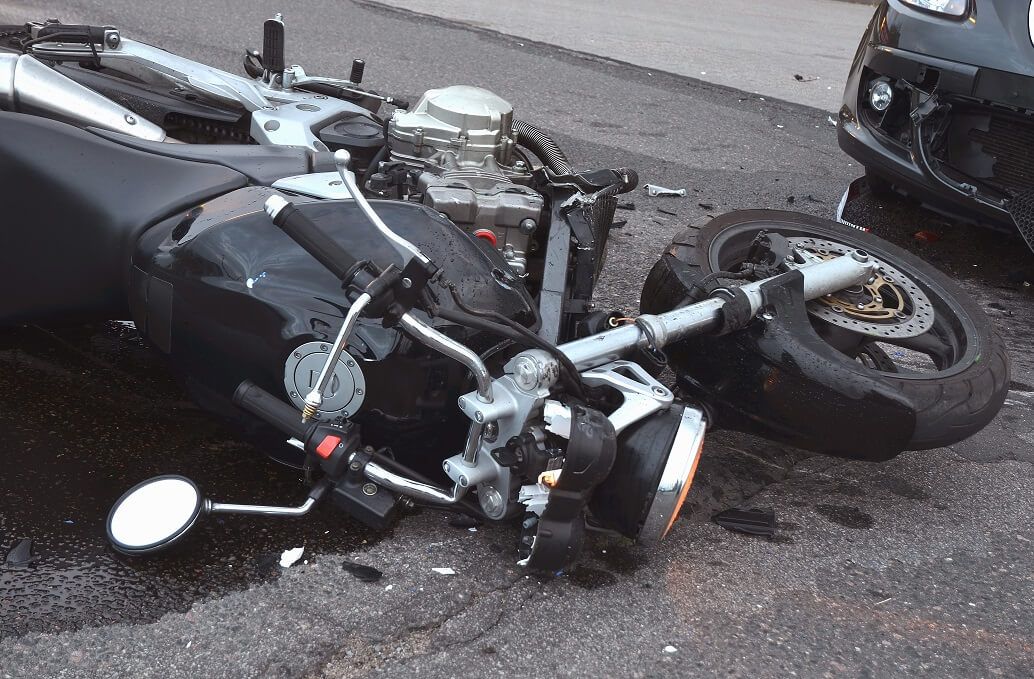How Liability Is Determined in Motorcycle Accidents
When the weather turns sunny and warm, you begin to itch for your first bike ride of the season. There's nothing quite like mounting your motorcycle and heading off for an afternoon of cruising on windy roads with the gentle wind at your back.

But what if you're in an accident? Or worse, what if you cause the accident? Determining liability after a motorcycle accident can be more complicated than after two automobiles collide. If you've been involved in a crash, be sure you know your rights and how to advocate for yourself as liability is determined.
Negligence
Accidents have a cause. In many cases, regardless of the vehicle in question, driver negligence is cited as the cause of the accident. Negligence is defined as, "when the driver behaves or acts in a thoughtless or careless manner, therefore causing injury to another person."
Negligence can be overt:
- Speeding through a red light
- Not stopping at a crosswalk
- Passing on a double line
- Driving too fast or too slow
Negligence can also be somewhat subjective:
- Taking attention off the road to tune the radio, get a cd, or check a phone
- Turning to the back seat to reach an item or a child
- Distracted driving, even when communicating on a hands-free device
Often, cars, trucks, and SUVs are determined liable when there's a collision between one of these vehicles and a motorcycle. Operating a bike requires far more directed attention than driving an enclosed vehicle. The driver of the larger vehicle has many opportunities to "multitask" while driving. Therefore, it's more likely the driver of the car made either a minor, or major negligent decision that caused a collision.

Extenuating Choices
Having a license means making safe choices even when you're not behind the wheel. If you make the choice to drink alcohol, pop a pill, or do some drugs, followed by the choice to operate a motor vehicle, you're automatically liable for whatever domino effect your choice creates. This is true regardless of whether you hopped into an SUV or onto your motorcycle.
Simple Physics
Highway signs warn you if there's a blind turn coming up, to watch for local wildlife, and also if the thruway is frequented by bikers. This warning is meant to heighten your awareness, thus cause you to attend to your surroundings a bit more.
Motorcycles are considerable smaller than cars and trucks. They fit easily into blind spots and can seem to come out-of-nowhere at times. As the motorcycle driver, it's your job to make your presence known appropriately, yet the onus is also on the driver of the enclosed vehicle to share the road. Telling the police, "I just didn't see him" isn't a reasonable defense.
Essential Elements of a Negligence Claim
- Was the person operating the vehicle using a "driving reasonably"?
- Did the choices or actions of the person operating the vehicle cause the other driver's injuries?
Determining liability after a motorcycle has been in an accident with an enclosed vehicle always hinges on who made negligent choices or acted in a negligent manner which caused the collision to occur. Drive with safe intent at all times and you'll know it wasn't you.
